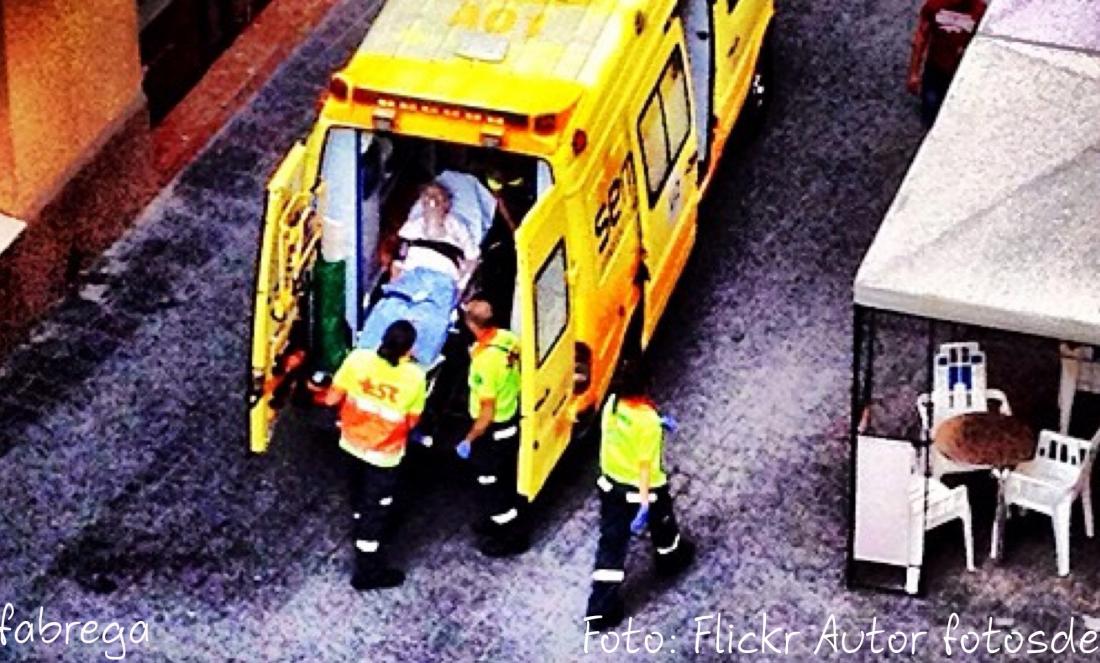
Geriatric care in emergency services, the time of change.
After the winter months, with the influx of large numbers of elderly people into the emergency services, mainly due to flu and respiratory diseases, it may be a good time to reflect on the equipment available to us. Hospital emergency departments, as the gateway to the hospital system, are often overcrowded, especially in the winter months, which makes it difficult to attend to geriatric patients who have different needs. It is important in any healthcare resource to know the care provided, in order to be as effective and efficient as possible, monitoring certain care indicators that allow care to be evaluated.
From the other side of the Atlantic, different scientific societies (emergency society, geriatrics, nursing) propose a multidisciplinary clinical practice guide (*), to carry out specific care for geriatric patients, reviewing the available evidence. They propose a care service, similar to those already present in traumatology or paediatrics in hospital emergency departments, with specific care indicators that allow a better understanding of the needs and with an objective of continuous improvement.
It is curious that in Europe with a higher rate of ageing, no similar experiences have emerged outside the geriatric services themselves, as it is common in many communities for such services not to be available.
As it is a multidisciplinary guide, it allows both a hospital-based approach and adequate coordination with out-of-hospital services (primary care, rehabilitation, social services, pharmacists, gerontology centres), with a double objective; to assess the necessary structures and equipment, as well as to draw up operational clinical guidelines to be evaluated.
Forty recommendations are established, in six categories: professional profiles, transitions, educational material, quality care measures, necessary equipment (availability of adapted chairs, anti-pressure mattresses, etc.), clinical procedures (initially the profile of screening, handling of urinary catheters, medication, falls, delirium and dementia, palliative care have been developed). An important objective is to have key indicators to prevent potentially preventable adverse events (falls with consequences, adverse drug reactions). All this will make it possible to know and improve care, as well as a data analysis platform for research, disseminating the improvements detected.
This initiative can lay the operational foundations for differentiated care for the most vulnerable patients with specific needs, generating a body of knowledge that will allow progress to be made in quality care. In this way, care can be better planned and not have to wait for the annual flood of patients, with timely and uncoordinated care responses.
(*) http://www.acep.org/geriEDguidelines/

Add new comment